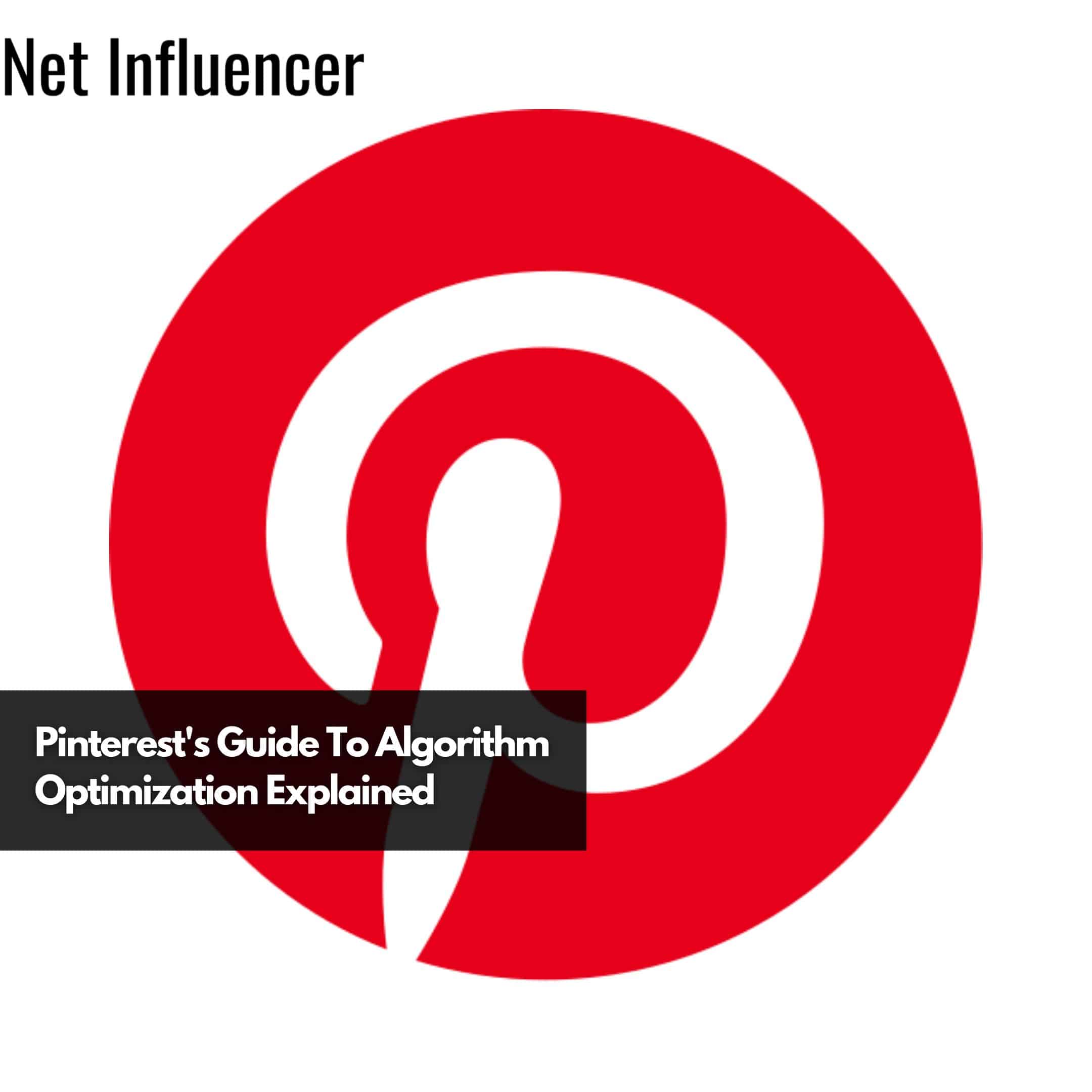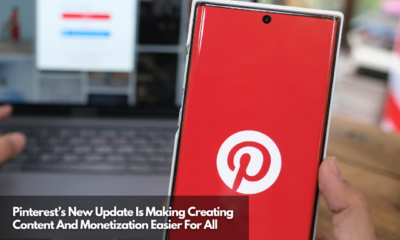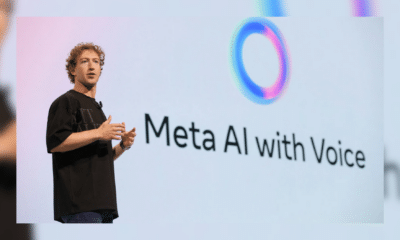Platform
Pinterest’s Guide To Algorithm Optimization Explained
Pinterest has been a pioneer in the internet inclusivity movement, standing out in its methods of curating content and engaging users. The company’s recent initiative, including Non-Engagement Signals in its algorithm optimization process, represents a departure from key metrics.
This fresh approach aims to improve the quality of content shown to users by reducing low-quality material often associated with “clickbait.”
In this guide, we’ll highlight key findings from Pinterest’s collaboration with UC Berkeley and the Integrity Institute, shedding light on how these signals offer a more nuanced understanding of user satisfaction and platform integrity.
The Risks Associated with Focus on User Engagement
Pinterest CEO Bill Ready said there’s a danger of content ranking surfacing a “car crash we can’t look away from.” In his analogy, “if you ask somebody after they saw the crash, ‘you want to see another one?’, the vast majority of people will say ‘Goodness no.’”
This analogy underscores the tendency to be attracted to low-quality or controversial content that may be engaging but does not necessarily contribute positively to their online experience. Pinterest’s strategy is designed to align the platform’s content selection with its principles, emphasizing user satisfaction and well-being over engagement metrics.
What are Non-Engagement Signals?
Pinterest employs what it calls “non-engagement signals” to determine what users genuinely appreciate in their interactions. These cues are collected through user feedback via in-app surveys and independent evaluation of content quality. These allow users to give direct and meaningful feedback on what they like and don’t like outside of the realm of a click.
This dual-channel method allows Pinterest to refine its content selection, ensuring it resonates effectively with the preferences and needs of its user community.
For instance, by integrating user input on body types, hair textures, or skin shades into their algorithms, Pinterest demonstrates its commitment to diversity and inclusivity, setting a standard for the industry.
Why Did Pinterest Create a Handbook for Non-Engagement Signals?
To better employ this strategy, Pinterest created a “Field Guide on Signals of Non-Engagement,” a tool crafted in partnership with experts from academia and the business realm.
The company worked with professionals from UC Berkeley and the Integrity Institute to lead the creation of the guide. This joint project began with a review of existing research on non-engagement signals, drawing on insights from academic and industry sources.
The research findings were carefully distilled into a series of points or lessons learned from encounters with non-engagement signals.
Key Findings:
Pinterest’s Field Guide isn’t just theoretical; it holds practical significance for future content curation and platform enhancement. It offers advice in critical areas;
- Enhancing Emotional Well-Being: By recognizing content that supports or hinders user well-being, platforms can make informed choices to improve the user experience.
Social networks can accurately target content to positively or negatively impact user happiness. This ability is emphasized in Field Guides proposition 6.1, which states, “Ranking changes often significantly affect self-reports of content exposure.” By researching which content boosts user well-being, platforms can enhance their user’s online interactions.
- Utilizing Generative AI for Content Quality: The guide delves into the potential of Generative AI in scaling up content quality assessment, providing a cost alternative to the laborious manual content review process.
As noted in the Field Guide, “There was consensus that generative AI is likely to provide a cheaper, faster option, which may allow more comprehensive content monitoring. Though participants agreed on the potential impact of GenAI in this area, there were significant open questions on how this could be done, such as the need to keep human involvement in individual content moderation decisions.”
- Improving User Retention: The Field Guide emphasizes how non-engagement signals can significantly enhance long-term user retention, shedding light on the connection between engagement metrics and content quality.
Practical Steps for Content Creators
For creators aiming to excel on Pinterest and similar platforms, understanding and using the information outlined in the “Field Guide for Non-Engagement Signals” can offer an advantage. Here are actionable steps based on Pinterest’s insights;
- Emphasize Quality and Authenticity; Produce top-notch content. Steer clear of tactics that may boost engagement initially but harm the user experience. Reflect on how your content adds value to the community and promotes user welfare.
- Connect with Your Audience: Utilize pools and direct feedback tools to grasp the preferences and issues of your audience. Customize your content plan based on this input, highlighting inclusivity and diversity.
- Explore Content Variety: Introduce a range of content types to appeal to an audience. Keep an eye out for signals of disinterest to understand which types of content resonate deeply with your audience.
- Integrate AI and Data Analysis; Delve into tools to assess content performance beyond engagement metrics. Utilize these insights to fine-tune your content approach, concentrating on lasting value and user retention.
- Advocate for Positive Transformation: Be an advocate for change within your community. Foster open dialogues about content quality and the influence of platforms on user well-being. Share strategies with creators and engage in joint initiatives that enhance the content landscape.
.
Pinterest’s effort, demonstrated through the creation and sharing of the Field Guide on Non-Engagement Signals, represents an advancement in building an inclusive, motivating, and wholesome online space.
By giving importance to Non-Engagement Cues, Pinterest improves its platform and encourages a broader industry trend toward more meaningful and user-focused content curation.
Pinterest’s strategy for optimizing algorithms by focusing on non-engagement signals presents a model for shaping the future of content curation. For creators, applying these insights can result in engagement, community bonds, and more significant influence.
Platforms, content creators, and users need to work to mold the internet into a space that embraces diversity, fosters creativity, and uplifts the dreams of its users. Pinterest’s endeavor isn’t about prompting action but about extending an invitation to participate in building a more imaginative and welcoming online realm.





















